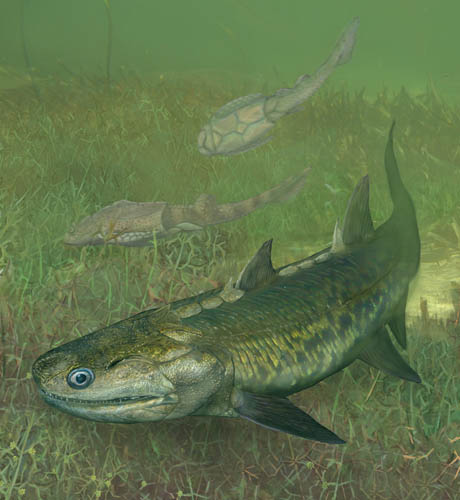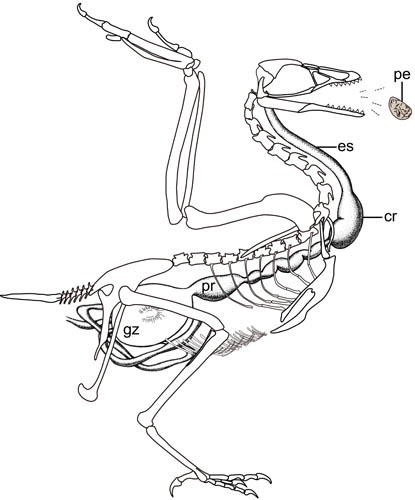|
|
 |
New Species from the Pliocene of Tibet Reveals Origin of Ice Age Mountain Sheep |
| Modern wild sheep, Ovis, is widespread in the mountain ranges of the Caucasus through Himalaya, Tibetan Plateau, Tianshan-Altai, eastern Siberia, and the Rocky Mountains in North America. In Eurasia, fossil sheep are known by a few isolated records at a few Pleistocene sites in North China, eastern Siberia, and west... |
|
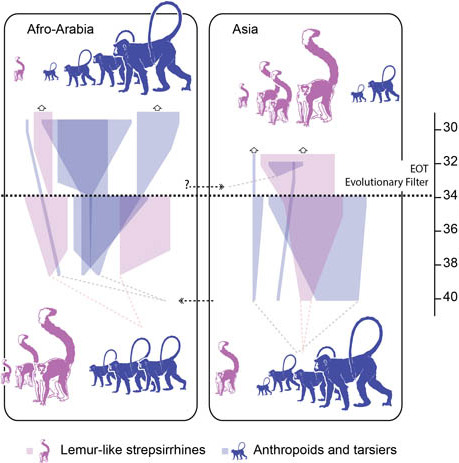 |
New Oligocene Primates from China Highlight Key Evolutionary Period |
| Profound environmental and faunal changes are associated with climatic deterioration during the Eocene-Oligocene transition (EOT) roughly 34 million years ago. Primates are among the most environmentally sensitive of all mammals. Reconstructing how Asian primates responded to the EOT has been hindered by a sparse re... |
|
 |
Scientists Report World’s First Herbivorous Filter-feeding Marine Reptile |
| Some strange creatures cropped up in the wake of one of Earth’s biggest mass extinctions 252 million years ago. In 2014, scientists discovered a bizarre fossil--a crocodile-sized sea-dwelling reptile, Atopodentatus unicus, that lived 242 million years ago in what today is southwestern China. Its head was poorly pre... |
|
|
|
 |
Drawing the Genetic History of Ice Age Eurasian Populations |
Not much is known about the genetics of Eurasian history before the introduction of farming. One of the major questions is how climatic fluctuations influenced the population history of Eurasia and to what extent changes in material cultures correspond to movements of people.
A research team led by Prof. FU Qiao... |
|
|
|
 |
Female preference promotes asynchronous sex evolution in proboscideans |
| What are the cause and innate power for the biological evolution? This is a controversial problem from ancient times to now. The interpretation for the evolutionary process is at an ambiguous phase although the academia admitting the existence of evolution has been at an absolute mainstream status. Neo-Darwinists se... |
|
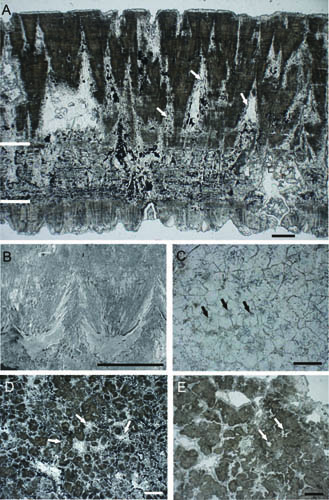 |
New Type of Dinosaur Eggs Found from Early Cretaceous of Gansu Province, China |
| Dinosaur eggs from the Lower Cretaceous are worldwide rare as compared to those from Upper Cretaceous deposits. In China, they were only reported in Liaoning Province. In a paper published in the latest issue of Vertebrata PalAsiatica, paleontologists described a new type of dinosaur eggs from the Lower Cretaceous H... |
|
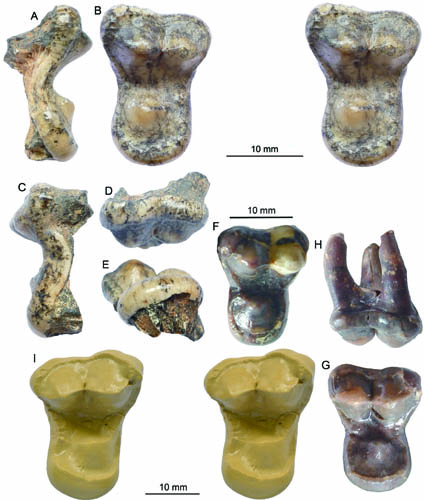 |
New Amphicyonid Material Found from the Early Miocene of Central Nei Mongol |
| Straddling between Europe to the west and North America to the east, Asia has long been suspected to be either a source of certain Cenozoic mammals that, thus far, are only found in Europe and/or North America, or a “jumping board” to and from the continents of destination as they disperse. Temnocyonine and haploc... |
|
